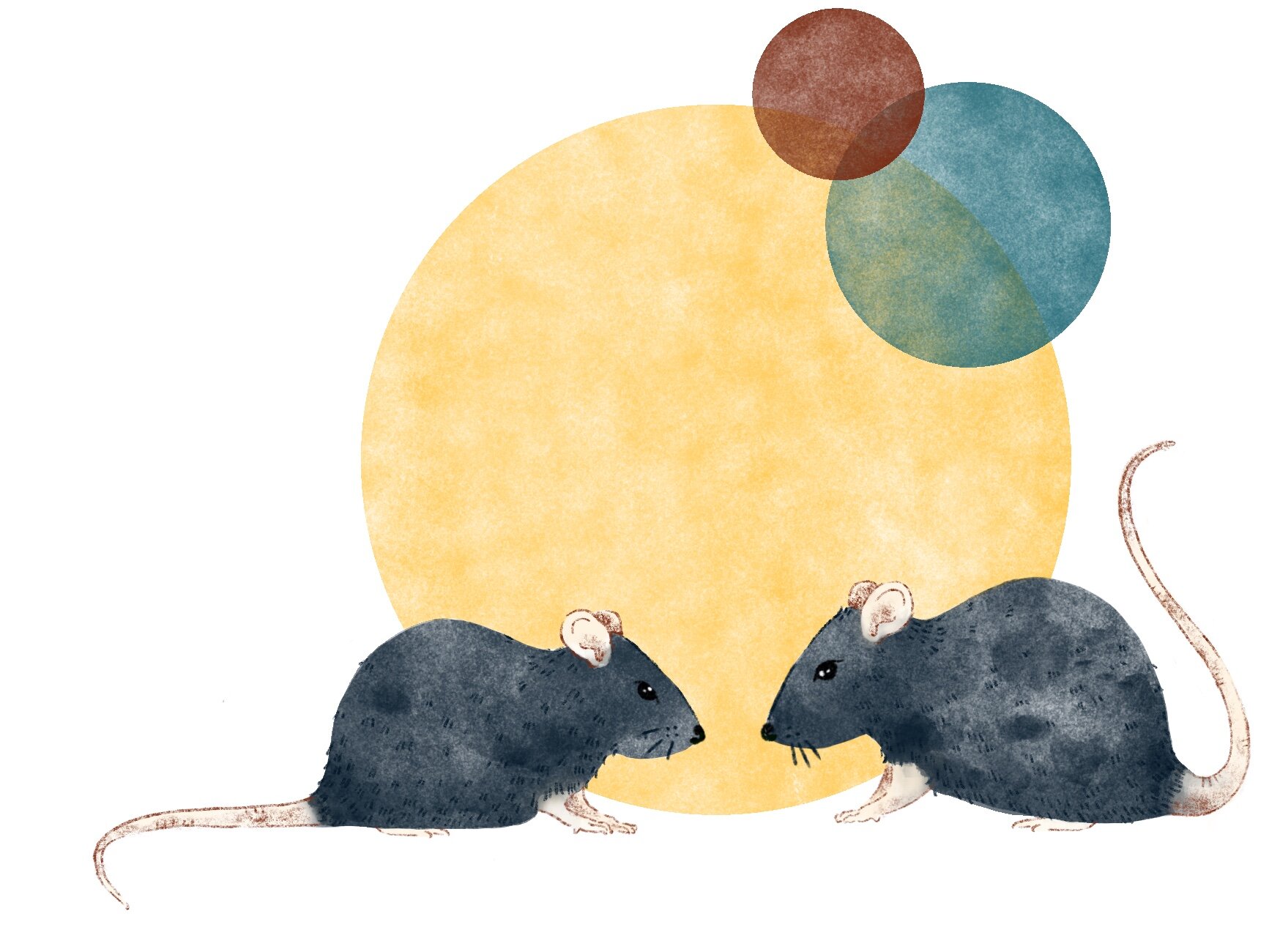Understanding the neural basis of social competence
What we do
Our research goal is to discover how the brain enables social competency and how this ability is disrupted in disease states.
We do not interact with our boss and mother in the same way. The ability to shift our social behavior based on the information available is known as social competence.
For social animals and humans to thrive, they must show social competence and adjust behavior based on social history (e.g., familiarity, identity) and context (e.g., environment).
Psychiatric and neurological disorders such as Autism Spectrum Disorders and Schizophrenia disrupt social competency, yet there are limited therapies for these social deficits.
How we do it
Measuring social behavior
To uncover how the brain enables social competency, we must be able to quantify social competency. Mice are social animals, and we study their social competence by developing behavioral assays that allow us to measure their complex social abilities. Using deep learning, we extract behavioral information from video and autonomic signals such as respiration to rigorously study social behaviors that are impossible to quantify with the human eye. We also use genetic mouse models associated with autism and Schizophrenia to study social dysfunctions.
Networks
Over the last decade, a lot of research has demonstrated that multiple brain circuits accomplish the same behavioral goal. Understanding how these circuits interact and work in tandem is crucial to understanding how the brain controls behavior. Rather than studying one circuit in isolation, we use multi-site electrophysiology to study how multiple circuits interact at the network level.
Circuit manipulations
By manipulating specific circuit elements in the network using optogenetics or chemogenetics, we can identify which circuit nodes modulate social behavior and how those manipulations affect the rest of the network.
Machine learning
As the complexity of our datasets increases, they become more challenging to analyze. By using supervised and unsupervised machine learning models, we can analyze behavior and neural activity to better understand their relationship and produce new testable hypotheses to drive the field forward.
Our commitment to training.




